A4386
Adenosine 5′-diphosphate bis(cyclohexylammonium) salt
≥95% (HPLC), crystalline, bacterial
Sinonimo/i:
A2P5P, ADP
About This Item
Prodotti consigliati
Origine biologica
bacterial
Livello qualitativo
Saggio
≥95% (HPLC)
Forma fisica
crystalline
Solubilità
H2O: soluble, clear to slightly hazy, colorless to faintly yellow
Temperatura di conservazione
−20°C
Stringa SMILE
NC1CCCCC1.NC2CCCCC2.Nc3ncnc4n(cnc34)[C@@H]5O[C@H](COP(O)(=O)OP(O)(O)=O)[C@@H](O)[C@H]5O
InChI
1S/C10H15N5O10P2.2C6H13N/c11-8-5-9(13-2-12-8)15(3-14-5)10-7(17)6(16)4(24-10)1-23-27(21,22)25-26(18,19)20;2*7-6-4-2-1-3-5-6/h2-4,6-7,10,16-17H,1H2,(H,21,22)(H2,11,12,13)(H2,18,19,20);2*6H,1-5,7H2/t4-,6-,7-,10-;;/m1../s1
SCOUEIPNDLFPCX-IDIVVRGQSA-N
Cerchi prodotti simili? Visita Guida al confronto tra prodotti
Applicazioni
Avvertenza
Codice della classe di stoccaggio
11 - Combustible Solids
Classe di pericolosità dell'acqua (WGK)
WGK 3
Punto d’infiammabilità (°F)
Not applicable
Punto d’infiammabilità (°C)
Not applicable
Dispositivi di protezione individuale
Eyeshields, Gloves, type N95 (US)
Certificati d'analisi (COA)
Cerca il Certificati d'analisi (COA) digitando il numero di lotto/batch corrispondente. I numeri di lotto o di batch sono stampati sull'etichetta dei prodotti dopo la parola ‘Lotto’ o ‘Batch’.
Possiedi già questo prodotto?
I documenti relativi ai prodotti acquistati recentemente sono disponibili nell’Archivio dei documenti.
I clienti hanno visto anche
Il team dei nostri ricercatori vanta grande esperienza in tutte le aree della ricerca quali Life Science, scienza dei materiali, sintesi chimica, cromatografia, discipline analitiche, ecc..
Contatta l'Assistenza Tecnica.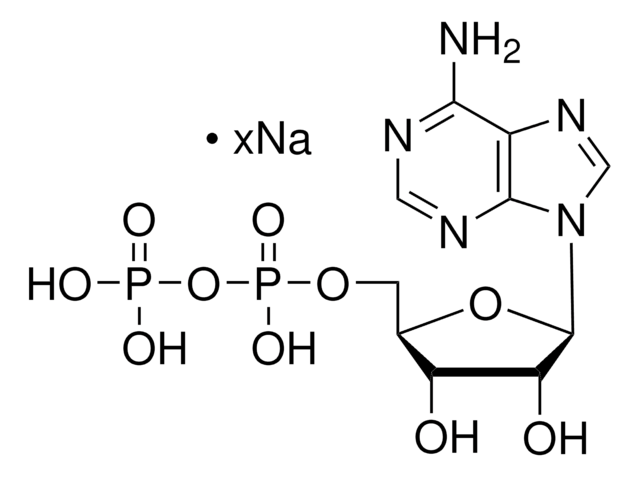

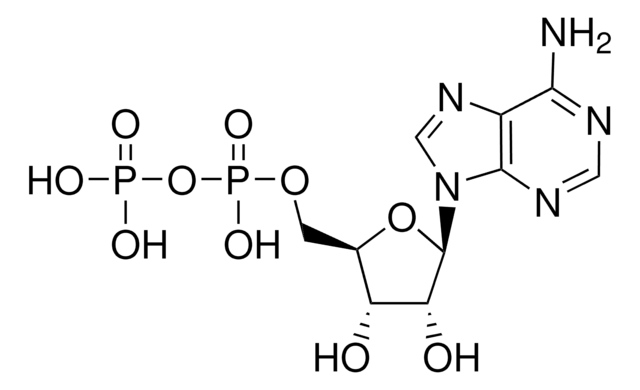
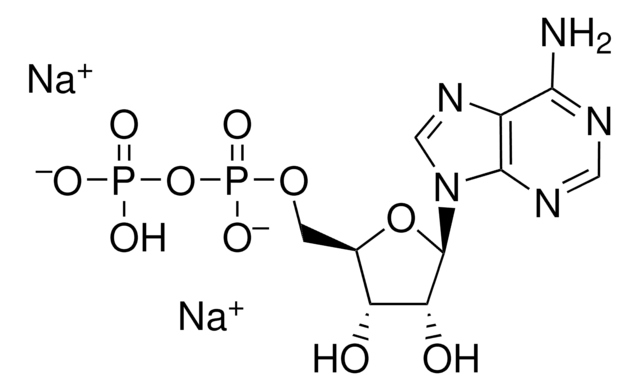
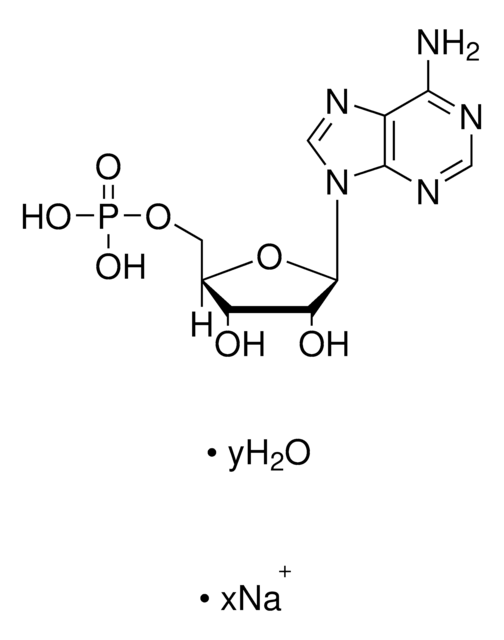

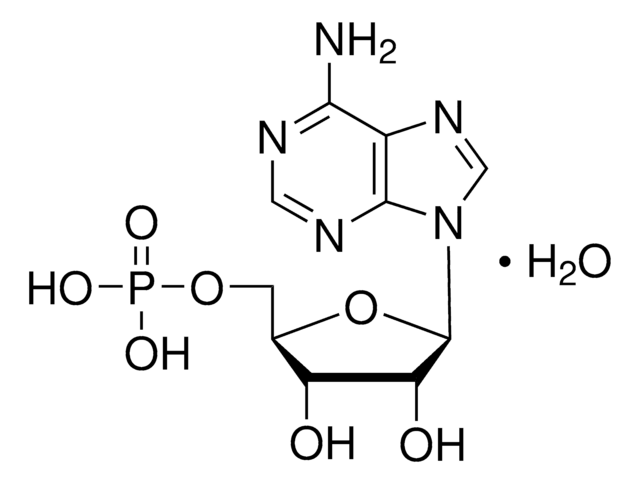

![Adenosine 5′-[γ-thio]triphosphate tetralithium salt ≥75% (HPLC), powder](/deepweb/assets/sigmaaldrich/product/structures/319/398/e29221c2-3649-455b-bd33-583bb017ec7d/640/e29221c2-3649-455b-bd33-583bb017ec7d.png)